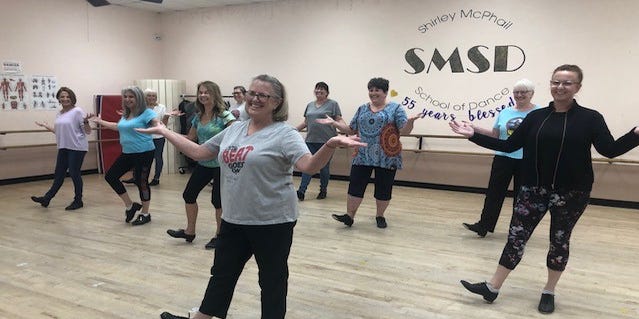Sacred Rhythms: How Dance Transcends the Physical to Touch the Soul

Dance: A Sacred Expression of Spiritual Connection
Throughout human history, dance has been far more than mere movement—it has been a profound spiritual language, bridging the gap between the physical and the divine. From ancient tribal rituals to contemporary religious ceremonies, dancing has served as a powerful form of worship, communication, and spiritual expression across diverse cultures and faith traditions.
In many indigenous cultures, dance is not simply an art form but a sacred ritual that connects participants with their ancestral spirits, natural world, and cosmic energies. Native American tribes, for instance, have long used intricate dance ceremonies to honor their gods, celebrate harvests, and mark significant life transitions. Similarly, African spiritual traditions view dance as a transformative practice that allows individuals to commune with supernatural forces and express deep emotional and spiritual experiences.
Religious traditions worldwide have embraced dance as a meaningful spiritual practice. In Sufi Islam, the mesmerizing whirling dances of dervishes represent a mystical journey of spiritual awakening and connection with the divine. Hindu traditions feature elaborate dance forms like Bharatanatyam, which originated as a temple dance dedicated to expressing religious narratives and devotional experiences. Even Christian traditions have incorporated dance as a form of praise and worship, particularly in charismatic and contemporary church settings.
Beyond its ritualistic significance, dance offers a unique, embodied way of experiencing spirituality. It transcends verbal communication, allowing practitioners to express complex emotions, transcendental experiences, and inner spiritual landscapes through rhythmic movement and gesture. In this sense, dance becomes a universal language of the soul—a powerful medium for exploring and celebrating humanity's deepest spiritual connections.
